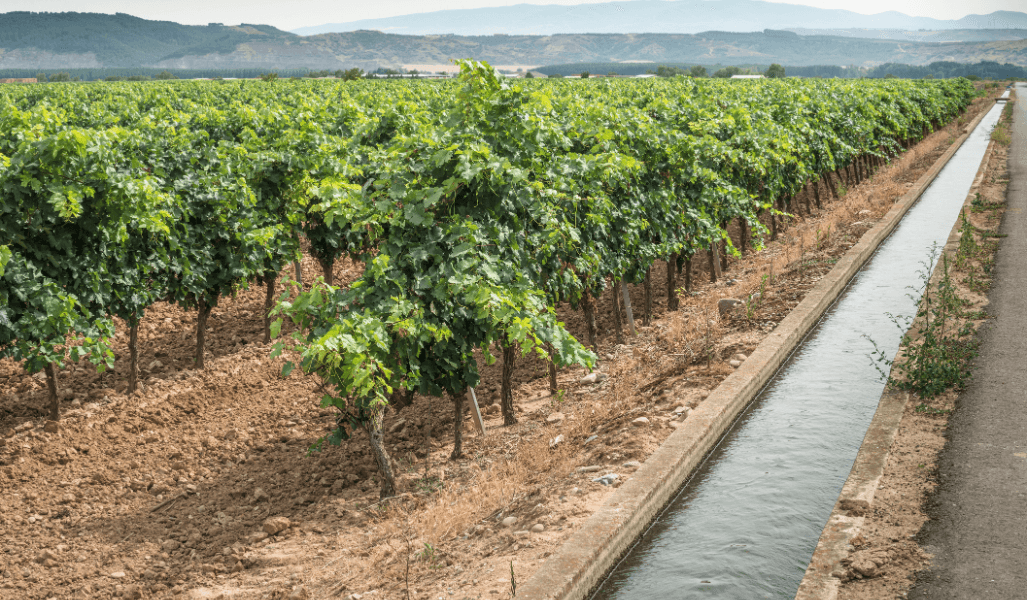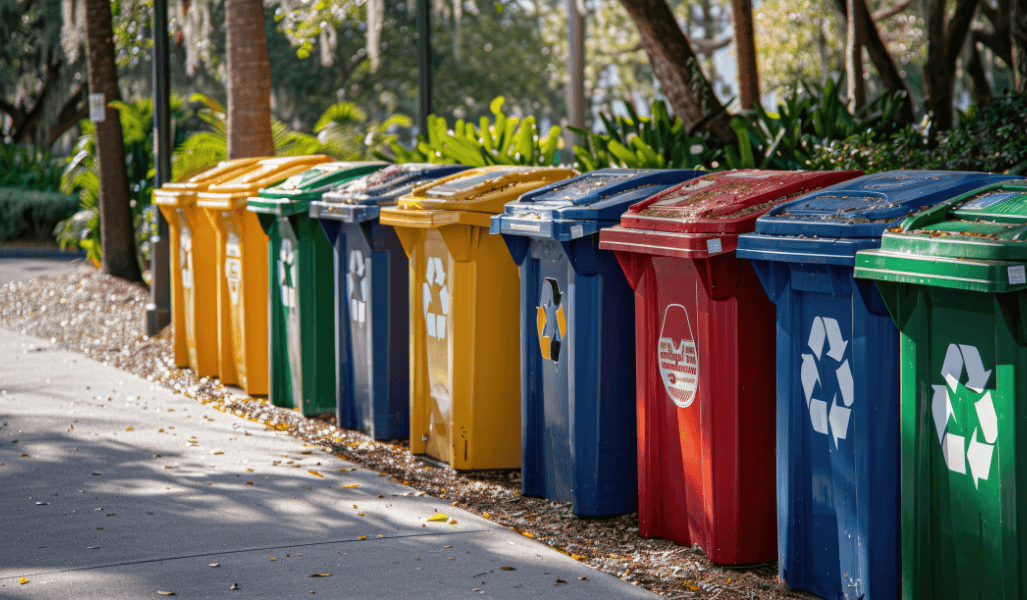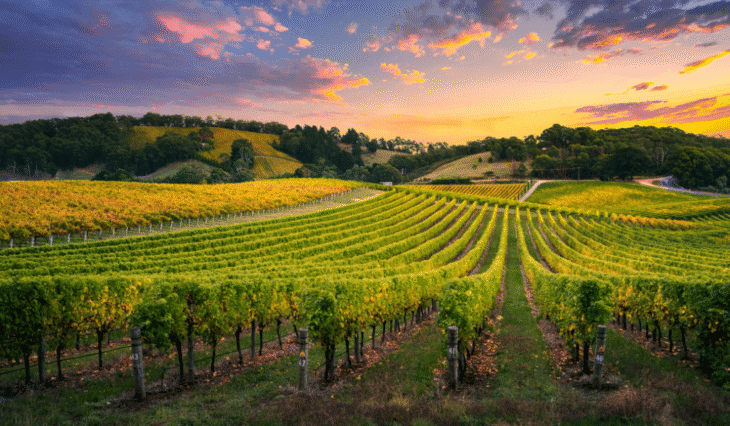Eco-Friendly Practices in Champagne Production
Sustainable champagne production is more than a trend—it’s a critical approach to preserving the natural landscapes that nurture some of the world’s most celebrated vineyards. As climate change continues to impact agriculture, many champagne houses are embracing eco-friendly practices to reduce their environmental footprint while maintaining the integrity of their products. From organic farming to waste reduction, these initiatives are reshaping how champagne is made, creating a more sustainable future for the industry.
Consumers are increasingly seeking out wines and champagnes that align with their values, making environmentally conscious practices a key factor in purchasing decisions. Champagne producers are responding by implementing green technologies, sustainable vineyard management, and eco-conscious packaging. Understanding these practices not only supports the movement toward sustainability but also allows wine lovers to make informed choices that benefit both the planet and their palate.
Key Takeaways
Sustainable champagne production involves biodynamic farming, organic practices, and integrated pest management to protect soil and ecosystems.
Water conservation in champagne production includes drip irrigation, rainwater harvesting, and recycling systems to reduce waste and preserve resources.
Reducing the champagne industry’s carbon footprint involves switching to renewable energy, improving logistics, and using lighter, eco-friendly packaging.
Eco-conscious champagne packaging now uses recyclable materials, biodegradable options, and responsibly sourced corks to cut environmental impact.
Waste management in champagne production focuses on composting grape byproducts, recycling materials, and improving wastewater treatment systems.
Sustainable Vineyard Management
Implementing sustainable vineyard management is a cornerstone of eco-friendly champagne production. This approach includes practices such as biodynamic farming, organic cultivation, and integrated pest management. Biodynamic farming, for example, utilizes natural preparations to enhance soil health and strengthen vine resistance, minimizing the need for synthetic chemicals. Organic cultivation avoids the use of pesticides and herbicides, fostering biodiversity and promoting soil vitality.
Integrated pest management (IPM) further reduces the environmental impact by using natural predators to control pests instead of relying on chemical solutions. Additionally, some vineyards implement cover cropping and mulching techniques to prevent soil erosion and retain moisture, supporting vine growth while conserving resources. By prioritizing soil health and minimizing synthetic inputs, sustainable vineyard management not only protects ecosystems but also enhances grape quality.
Water Conservation Techniques

Water scarcity is a pressing concern in agriculture, including in champagne production. To address this issue, many producers are adopting advanced water conservation techniques. Drip irrigation systems, for instance, deliver water directly to the vine roots, reducing waste and maximizing water efficiency. Some vineyards also implement water recycling systems to treat and reuse runoff, further minimizing freshwater usage.
Rainwater harvesting is another practice gaining popularity, allowing vineyards to collect and store rainfall for irrigation purposes. Additionally, soil moisture monitoring helps growers adjust irrigation schedules based on real-time data, preventing overuse and conserving valuable water resources. Through these methods, champagne producers are not only safeguarding water supplies but also reducing operational costs and environmental impact.
Reducing Carbon Footprint
Minimizing the carbon footprint of champagne production is a growing priority for environmentally conscious producers. This involves transitioning to renewable energy sources, optimizing transportation logistics, and implementing energy-efficient practices in both vineyards and production facilities. Solar panels and wind turbines are increasingly being installed to power operations, significantly reducing greenhouse gas emissions.
In addition, many champagne houses are investing in electric vehicles (EVs) for local transportation, lowering reliance on fossil fuels. Eco-friendly packaging also plays a crucial role in carbon reduction. Lightweight glass bottles, recycled materials, and biodegradable labels decrease the environmental impact associated with shipping and waste disposal. These initiatives reflect a broader commitment to sustainability, demonstrating that even luxury products can align with green practices.
Eco-Conscious Packaging
Sustainable packaging is becoming a defining feature of eco-friendly champagne production. Producers are opting for materials that are recyclable, compostable, or made from recycled content. Lightweight glass bottles not only reduce carbon emissions during transportation but also require fewer resources to produce. Some brands are exploring plant-based or biodegradable packaging alternatives to further decrease environmental impact.
Beyond the bottle, corks, labels, and foils are also undergoing sustainable transformations. Natural corks sourced from responsibly managed forests promote carbon sequestration and prevent habitat destruction. Labels printed with soy-based inks on recycled paper reduce the ecological footprint of branding and marketing materials. Collectively, these practices illustrate the champagne industry’s dedication to minimizing waste and supporting a circular economy.
Waste Management and Recycling

Waste management is another crucial aspect of sustainable champagne production. Wineries are adopting comprehensive recycling programs to minimize waste generated during production. Glass, cork, and metal caps are collected and processed for reuse, while organic waste like grape pomace is often composted or converted into natural fertilizers.
Some producers are implementing zero-waste initiatives, striving to eliminate landfill contributions by reusing or repurposing production byproducts. Additionally, wastewater treatment systems are being upgraded to prevent contamination of local water sources, ensuring that all discharge meets environmental regulations. By focusing on waste reduction and resource recovery, champagne houses are setting new standards for sustainable winemaking.
Certifications and Eco-Labels
Certifications and eco-labels provide transparency and accountability in sustainable champagne production. Programs like HVE (High Environmental Value) and Organic Agriculture (AB) certification verify that producers adhere to specific environmental standards. These labels assure consumers that the champagne was produced using eco-friendly practices, from vineyard management to bottling.
In addition, some producers pursue carbon-neutral certification, committing to offsetting their carbon emissions through reforestation projects or renewable energy investments. Displaying these certifications on packaging not only informs consumers but also incentivizes other producers to adopt sustainable practices, fostering a culture of environmental responsibility in the industry.
Sustainable Champagne Producers Leading the Way

Champagne Brands Committed to Sustainability
- Champagne Lanson: Focuses on organic farming, waste reduction, and biodiversity preservation.
- Champagne Taittinger: Implements solar energy systems, water recycling, and carbon footprint reduction initiatives.
- Champagne Drappier: Utilizes recycled materials, reduces bottle weight, and commits to carbon neutrality.
Impact of Sustainable Practices
- Biodiversity Preservation: Organic farming techniques foster healthier ecosystems.
- Resource Conservation: Solar energy and water recycling decrease resource dependency.
- Emissions Reduction: Lighter bottles and carbon-neutral operations lower environmental impact.
Several champagne producers are setting new standards in environmental responsibility by embracing sustainable practices across every stage of production. For example, Champagne Lanson is committed to organic farming and waste reduction, minimizing chemical use and promoting biodiversity within its vineyards. Similarly, Champagne Taittinger has implemented solar energy systems and water recycling initiatives to decrease its carbon footprint and conserve natural resources.
Another standout, Champagne Drappier, prioritizes eco-friendly packaging and carbon-neutral practices, utilizing recycled materials and reducing bottle weight to lower shipping emissions. These brands not only exemplify sustainable production but also inspire other producers to adopt greener approaches, contributing to a more eco-conscious champagne industry.
Supporting Sustainable Champagne Practices

Choosing sustainably produced champagne is a powerful way for consumers to contribute to environmental preservation. By opting for brands that prioritize eco-friendly practices, wine lovers can enjoy their favorite sparkling wines while supporting sustainable agriculture, waste reduction, and carbon footprint mitigation. For those looking to learn more about sustainable champagne brands or make more eco-conscious purchasing decisions, exploring certified organic and biodynamic options is a great place to start. At California Champagne Sabers, we have a collection of champagne and champagne sabers to enhance any celebratory moment.
As the demand for sustainable products continues to rise, the champagne industry has an opportunity to lead by example, demonstrating that luxury and environmental responsibility can coexist harmoniously. Whether it’s through advanced water conservation techniques, eco-conscious packaging, or biodynamic farming, the future of champagne production is poised to be as green as it is effervescent. For those seeking to personalize their sabering experience, explore our engraving fonts or consider adding famous quotes for engraving to create a lasting impression.
Additionally, our corporate gifting options offer a unique way to celebrate with clients and colleagues, ensuring every moment is as memorable as it is sustainable.
